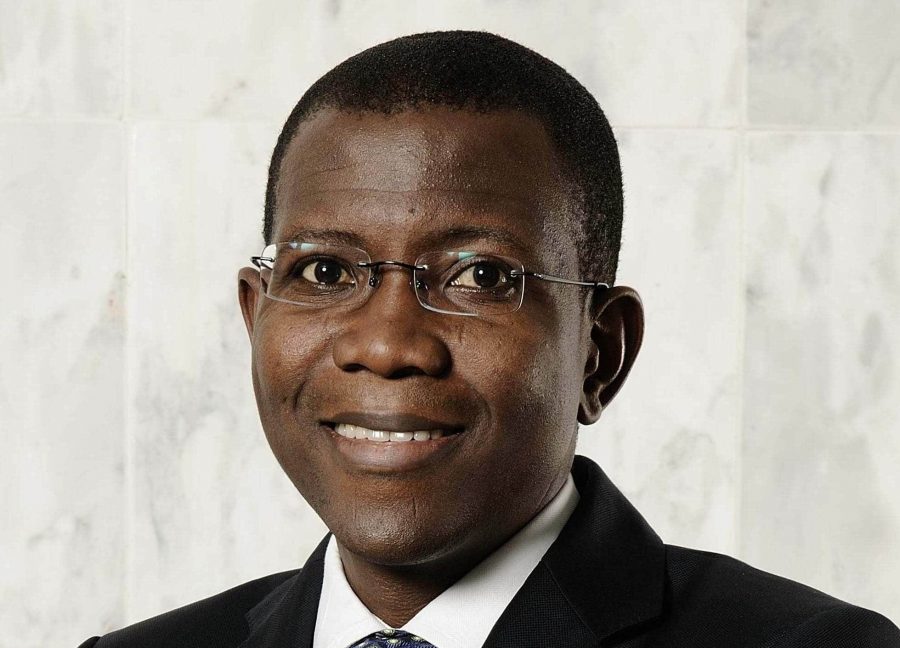Will Stanbic IBTC be able to generate profit from its personal banking division by full year?

Stanbic IBTC made a profit after tax of N45.2billion, growing its profit by 24.7% when compared with this period last year.
The feat is remarkable; given that a majority of financial institutions responded as expected to the
economic downturn triggered by inflationary pressures, oil price instability, and lack of notable business activities, necessitated by the corona-virus pandemic that has characterised the 2020 business calendar year.These other organizations reflected positions worse off than their escapades in 2019. In cases where improvements in bottom-line were seen, it was only marginal.
READ: STANBIC IBTC posts Profit After Tax of N45.2 billion in H1 2020
Stanbic IBTC was not exempted from these economic trials, their immensely diversified business portfolio boosted their numbers on multiple fronts. Robust presence in Asset Management paid off, as commissions and fees represented a massive 62% of general fees and commission income. It’s Corporate and Investment division continues to produce astoundingly, contributing the highest and growing profit after tax of 49.2%.
This focused and efficiently monitored diversification, is turning Stanbic IBTC into world-beaters, reflecting in the expansion of its gross earnings by 7.8%, from N117.4billion in HY’2019 to N126.6billion so far this year.
This position could have appeared even better; had STANBIC been able to demonstrate in its personal and business banking segment, the same excellence, noticeable in its other business segments (Wealth, Corporate and Investment).
READ: Jaiz Bank: First shared-profit bank in Nigeria approaches 10 years
It’s Personal banking (generally regarded as Retail banking), encompasses the provision of banking and financial services to individual customers and SME’s (Small and Medium scale enterprises), mortgage lending, leases, card products, transactional and lending activities such as telephone banking, ATM’s, etc. The segment suffered this year, closing with a loss of N3.2billion, despite being responsible for over 58.4% of general staff costs. This poor position was sponsored by a reduction in income levels, especially non-interest income from fees and commission.
Unsurprisingly, given CBN’s policy at the start of the year to implement a much-reduced transfer fee rate, an increase in Non-performing loans is another causal factor for its loss this half-year. STANBIC cannot afford to bask in the euphoria of the massive successes of its Wealth and Corporate segment, at the expense of Retail banking.
READ: Zenith Bank blows past Access Bank as customer deposits cross N4 trillion
Retail banking is fundamental to any bank looking to be a force, or preserve its going-concern status in this critically competitive economic environment. It has been the subject of immense research in the last decade, with many banks devising strategies to acquire a large chunk of the market share in this business segment. The banking landscape is evolving amidst growing competition, such that a bank that generally does well in its retail banking segment, is perceived as strong by the public. This has an underrated capacity to effortlessly attract more customers. Banks need to revisit the drawing board and re-embrace their sacred purpose of serving the basic and pure needs of their individual customers.
Michael Lafferty, Chairman of the Lafferty Group, whilst describing Retail banking said, “Retail banking is the foundation on which global banks are built,” It is a vast retail and consumer banking market, pointing out that the world’s biggest banks built their financial empire from the mass market.
READ: Foreign investment inflow into banking sector falls by 95% in Q2 2020
Stanbic IBTC must be conscious in its quest to provide universal banking and find a balance in product and service offerings across its business segment.
A summary of the performance parameters in its financial statement, shows growth in gross earnings, from N117.4billion to N126.6billion, and improvement in earnings per share from 342kobo to 419kobo.
Attention now shifts to the impact of the bank’s new super app, supposedly a one-stop-shop for its diverse offerings, including banking, investing, pensions, trading, and insurance, and how it affects the bottom line in subsequent quarters.
Explore the Nairametrics Research Website for Economic and Financial Data
Lastly, will Stanbic IBTC be able to generate profit from its personal banking division by full year? We await their H2’2020 results.







No comments :
Post a Comment